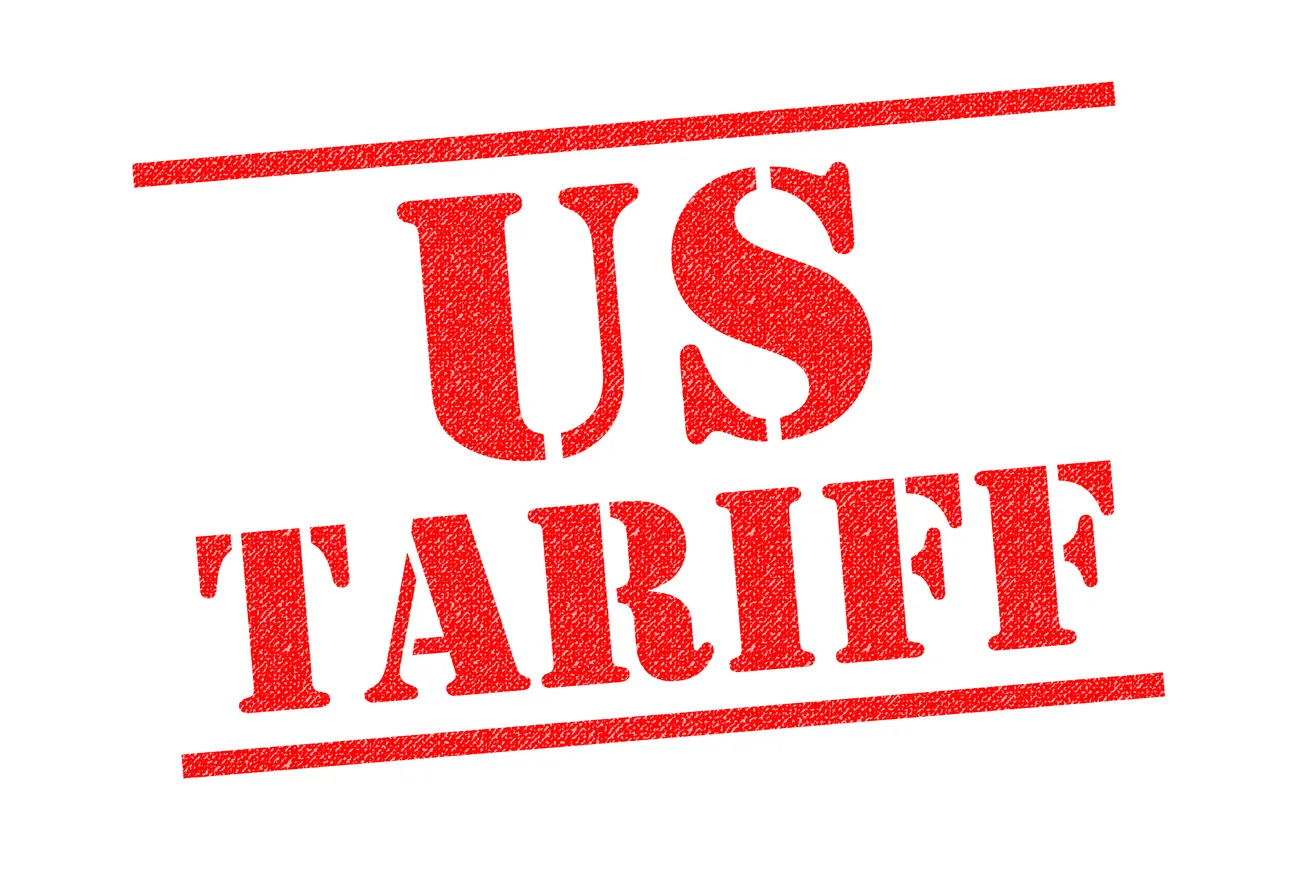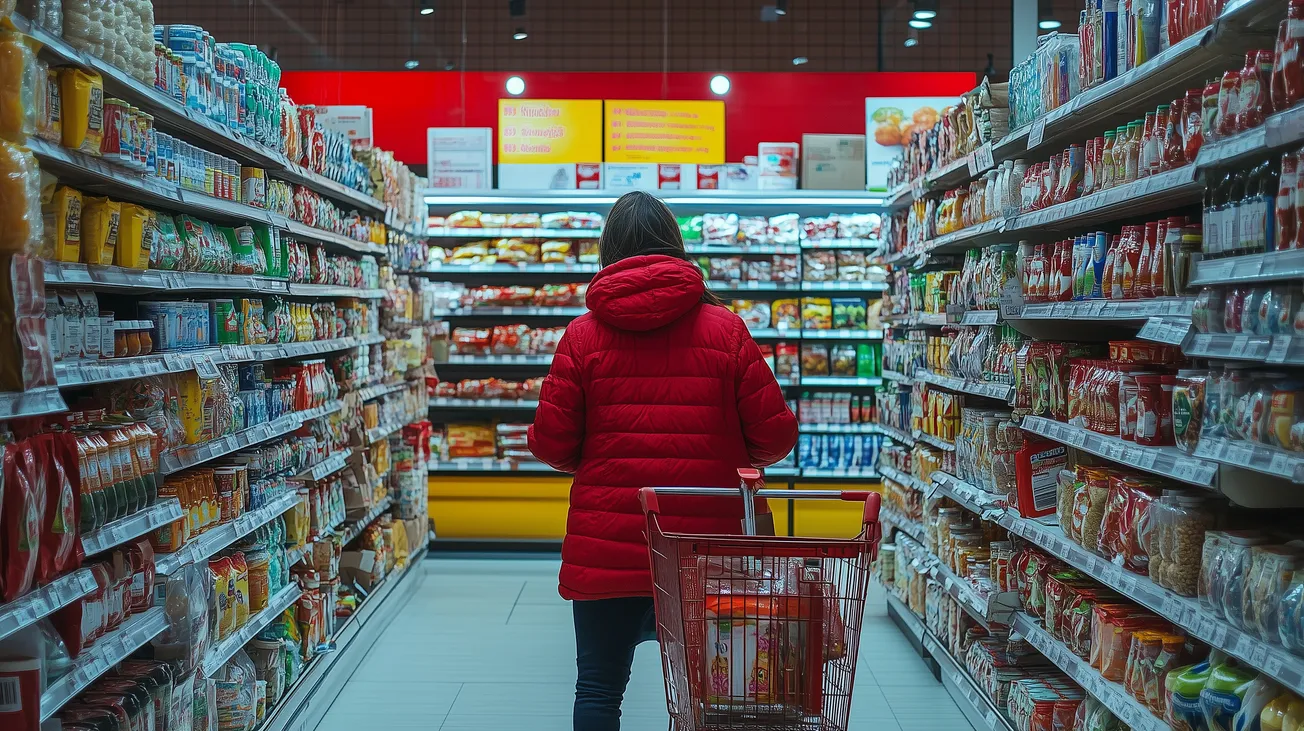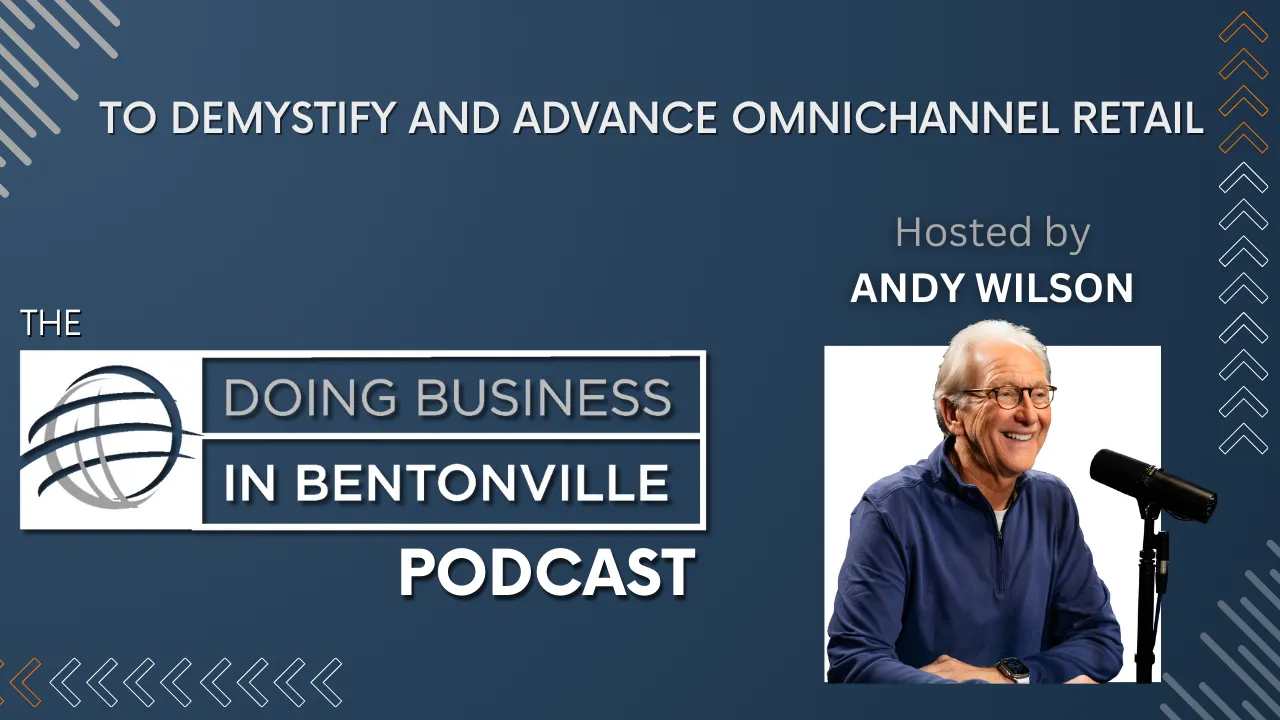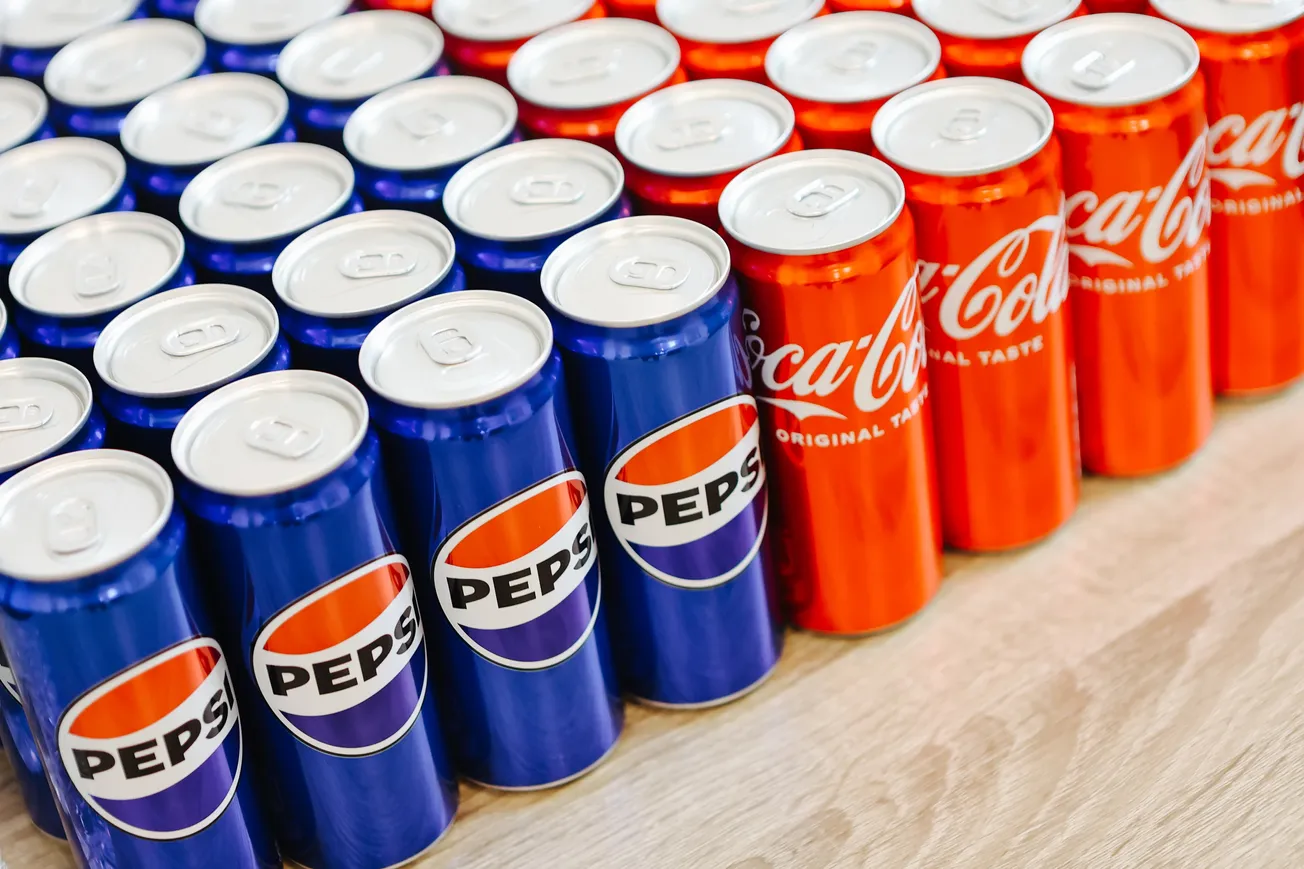The future of corporate grocery business could be defined in courtrooms rather than checkouts, as the proposed merger between Kroger and Albertsons is tested by lawsuits.
The Federal Trade Commission, backed by nine state attorneys general, has launched a multi-faceted lawsuit to block the Kroger-Albertsons merger.
The primary argument driving the FTC’s legal action is that the merger would significantly reduce competition in the grocery industry, leading to higher prices for consumers and diminished bargaining power for union workers.
The FTC’s lawsuit contends that the merger would create a near-monopoly in certain regions, particularly in cities where the combined entity would control approximately 60% of the grocery market.
The FTC argues that the merger would eliminate competition between Kroger and Albertsons, two of the largest supermarket chains in the United States, which currently serve as each other’s primary competitors in many local markets. They’ve presented data in court indicating that Kroger’s banners account for 79% of Albertsons’ primary grocery competitor in overlapping areas, underscoring the potential for anti-competitive outcomes if the merger proceeds.
In response, Kroger and Albertsons have argued that the FTC’s analysis fails to account for the broader competitive landscape, particularly the growing dominance of non-traditional grocery retailers such as Walmart, Costco, and Amazon.
According to Kroger attorneys, the merger would actually enhance competition by allowing the combined company to better compete against these retail giants, ultimately benefiting consumers through lower prices and improved services.
In addition to the FTC’s federal lawsuit, the proposed merger is facing legal challenges at the state level. Attorneys general in Colorado and Washington have filed separate lawsuits seeking to block the merger, citing concerns about its impact on competition and consumer welfare.
Colorado has argued that the merger would harm Colorado consumers by reducing competition and driving up prices, highlighting the potential for the merger to create local monopolies in certain parts of the state, particularly in rural areas where there are fewer grocery options. The suit also raises concerns about the potential for store closures, which could lead to the emergence of food deserts in underserved communities.
Washington Attorney General Bob Ferguson has similarly expressed concerns about the merger’s impact on competition and consumer prices. Ferguson’s lawsuit argues that the merger would lead to higher grocery prices in Washington state, particularly in areas where Kroger and Albertsons currently compete directly. He has also pointed to the potential for reduced access to essential services, such as pharmacies, in areas where store closures are likely to occur.
Both state lawsuits are seeking to prevent the merger from proceeding, arguing that it would violate state antitrust laws and harm consumers. The outcomes of these cases could have significant implications for the broader legal battle, as successful state-level challenges could set a precedent for other states to follow suit.
One of the key elements of the proposed merger is the divestiture plan, which involves Kroger and Albertsons selling 579 stores to C&S Wholesale Grocers, a smaller grocery chain and wholesale distributor.
The divestiture is intended to address antitrust concerns by ensuring that competition remains robust in areas where Kroger and Albertsons currently overlap.
However, the FTC has expressed skepticism about whether C&S is equipped to handle such a significant acquisition, arguing that C&S has little experience operating a large number of retail stores and raising concerns that C&S may struggle to attract and retain customers during the transition, particularly given the complexities involved in rebranding hundreds of stores.
Re-bannering, which involves changing the store’s brand name, layout, and product assortment to match the new brand identity, is a challenging and costly process that the FTC suit described as “unprecedented” on the scale proposed.
Albertsons attorneys have countered that C&S is well-positioned to succeed, citing the company’s extensive nationwide wholesale network that currently services 7,500 stores. Mainigi emphasized that C&S has the scale and resources necessary to operate the divested stores effectively, and pointed out that the company would receive exclusive perpetual licenses to use the Albertsons and Safeway banners in certain states. This, they argue, would allow C&S to retain and grow its customer base by leveraging the strong brand recognition associated with these names.
Labor unions have emerged as some of the most vocal opponents of the Kroger-Albertsons merger. The Stop the Merger Coalition, which includes several United Food and Commercial Workers International Union locals, has argued that the merger would be detrimental to workers, leading to job losses, store closures, and weakened bargaining power. The coalition has described the merger as “anti-competitive, anti-worker, and anti-community,” warning that it could create food deserts and reduce access to essential services in both urban and rural areas.
Kroger has maintained that the merger would actually benefit workers by securing the long-term future of union jobs, pledging that there will be no frontline worker layoffs or store closures as a result of the merger, a claim that has been met with skepticism by union leaders.
If the merger is approved, it would create a grocery giant with significant market power, capable of competing more effectively with retail behemoths like Walmart, Costco, and Amazon.
The case also highlights broader trends in the retail industry, where consolidation has become increasingly common as companies seek to compete in an ever-changing market landscape. The rise of e-commerce, the expansion of big-box retailers into the grocery space, and shifting consumer preferences have all contributed to the pressure on traditional grocery chains to adapt and evolve. The Kroger-Albertsons merger is just one example of how these pressures are reshaping the industry, with significant implications for the future of retail.
The legal battles surrounding the proposed Kroger-Albertsons merger represent a critical juncture for the grocery industry, with potential consequences that extend far beyond the two companies involved.
The outcome of this case will not only determine the fate of the merger but also set a precedent for how future mergers and acquisitions are evaluated in the grocery industry and beyond.
As the FTC’s lawsuit and state-level challenges unfold, the case will serve as a litmus test for how antitrust laws are applied in the modern retail landscape, particularly in an era of increasing consolidation and competition from non-traditional players.









